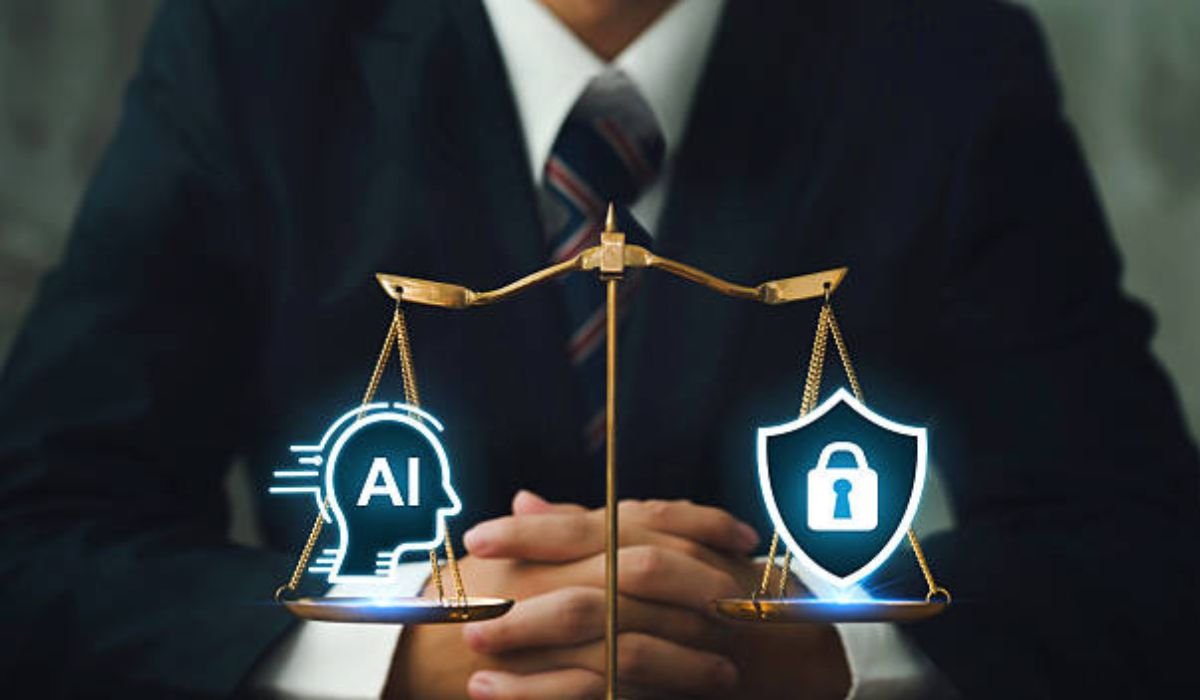The legal profession stands at a fascinating crossroads. As artificial intelligence continues its steady march into virtually every industry, the practice of law finds itself undergoing a transformation that would have seemed unimaginable just a decade ago. Legal AI has evolved from a futuristic concept to a present-day reality, sparking both excitement and apprehension among legal professionals and clients alike.
Yet despite the impressive capabilities of AI for legal work, the question isn’t whether machines will replace human lawyers entirely. Rather, we need to understand what each brings to the table and how they can work together to deliver better legal services. Let’s explore the strengths and limitations of both AI legal technology and human legal practitioners.
The Rise of Legal AI: What It Does Best
Artificial intelligence has made remarkable strides in handling tasks that once consumed countless billable hours. The technology excels in several key areas that have traditionally been time-intensive and resource-draining for law firms.
Document Review and Analysis
Perhaps the most prominent strength of AI legal systems lies in document review. These systems can process thousands of pages in minutes, identifying relevant clauses, potential issues, and patterns that might take human lawyers days or weeks to uncover. In litigation discovery, where legal teams must sift through massive volumes of electronic data, AI can dramatically reduce both time and cost.
The technology doesn’t just work faster—it maintains consistent accuracy across enormous datasets without fatigue. While a human lawyer reviewing documents at 3 AM might miss a critical detail, an AI system maintains the same level of precision on the ten-thousandth document as it did on the first.
Legal Research and Precedent Analysis
Legal AI has transformed the research process. These systems can search through decades of case law, statutes, and legal commentary in seconds, identifying relevant precedents and legal arguments that inform case strategy. They can recognize subtle connections between cases that might not be immediately apparent to human researchers.
Moreover, AI for legal research can track how different judges have ruled on similar matters, analyze citation patterns, and even predict potential outcomes based on historical data. This capability provides lawyers with insights that would require extensive manual research to uncover.
Contract Management and Due Diligence
In corporate law and mergers and acquisitions, AI legal technology has become invaluable for contract analysis and due diligence. These systems can review standard contracts, flag non-standard provisions, identify missing clauses, and ensure compliance with regulatory requirements. They can compare contracts against templates and industry standards, highlighting deviations that require attorney attention.
For businesses managing hundreds or thousands of contracts, AI can track renewal dates, extract key terms, and organize obligations in ways that prevent costly oversights.
Predictive Analytics
One of the more sophisticated applications of legal AI involves predictive analytics. By analyzing historical case outcomes, these systems can estimate the likelihood of success for various legal strategies, helping lawyers and clients make more informed decisions about whether to settle or proceed to trial.
Where Human Lawyers Remain Indispensable
Despite these impressive capabilities, AI legal technology has significant limitations that underscore the continued necessity of human legal expertise.
Judgment and Strategy
Legal practice isn’t merely about finding relevant cases or reviewing documents—it requires judgment honed through years of experience. Human lawyers bring contextual understanding that AI cannot replicate. They recognize when a case presents novel issues requiring creative arguments, understand the personalities and tendencies of judges and opposing counsel, and can adjust strategy based on subtle courtroom dynamics.
A lawyer’s strategic thinking involves weighing factors that may not appear in any database: the client’s risk tolerance, the potential impact on their reputation, the relationship implications of aggressive litigation versus settlement, and the broader business context surrounding a legal dispute.
Emotional Intelligence and Client Relationships
Legal matters often arise during the most stressful periods of people’s lives—divorces, criminal charges, estate planning after a death, or business disputes that threaten livelihoods. Human lawyers provide not just legal advice but emotional support, empathy, and reassurance that AI for legal work simply cannot offer.
Building trust with clients, understanding their unstated concerns, reading their reactions to legal options, and providing counsel that accounts for their emotional state requires human emotional intelligence. Clients need someone who understands that legal problems are fundamentally human problems.
Ethical Reasoning and Advocacy
The practice of law involves complex ethical considerations that often lack clear-cut answers. Human lawyers must navigate conflicts of interest, privilege questions, and professional responsibility issues that require nuanced moral reasoning. They must balance zealous advocacy for their clients with duties to the court and society.
Furthermore, courtroom advocacy remains a distinctly human skill. Persuading a judge or jury involves storytelling, credibility assessment, and the ability to respond spontaneously to unexpected developments—capabilities that AI legal systems have not mastered.
Creative Problem-Solving
Many legal challenges require creative solutions that fall outside established patterns. Human lawyers can think laterally, drawing on diverse experiences and knowledge to craft innovative approaches to unprecedented problems. They can recognize when traditional legal frameworks don’t adequately address a new situation and develop novel arguments or structures to protect their clients’ interests.
This creativity extends to negotiation, where skilled human lawyers can identify win-win solutions, build rapport with opposing parties, and reach agreements that purely analytical approaches might miss.
Handling Ambiguity and Judgment Calls
The law is filled with gray areas, ambiguous language, and situations where reasonable minds can differ. Human lawyers excel at navigating this ambiguity, making judgment calls about interpretation, and advising clients when the answer is genuinely uncertain. They can explain the risks and benefits of different approaches when the law doesn’t provide clear guidance.
The Optimal Partnership: Humans and AI Working Together
Rather than viewing this as an either-or proposition, the future of legal practice lies in leveraging the complementary strengths of both human lawyers and AI legal technology.
In this collaborative model, AI handles the heavy lifting of data processing, routine analysis, and pattern recognition, freeing human lawyers to focus on strategic thinking, client relationships, and complex problem-solving. A litigator might use AI for legal research to quickly identify relevant precedents, then apply human judgment to craft persuasive arguments tailored to the specific case and judge.
Similarly, corporate lawyers can employ AI legal systems to review standard contracts and flag issues, then focus their expertise on negotiating critical terms and advising on business strategy. The AI provides the foundation; the human lawyer builds the customized solution.
This partnership also addresses one of AI’s key limitations: the inability to explain reasoning in ways clients can understand and trust. While an AI system might predict a case outcome, a human lawyer can explain why that prediction makes sense (or doesn’t) in the context of the specific case, helping clients make informed decisions.
Looking Ahead: Evolution, Not Revolution
The integration of AI for legal work represents an evolution in how legal services are delivered, not a revolution that eliminates the need for human lawyers. The most successful legal professionals will be those who embrace AI legal technology as a powerful tool while continuing to develop the distinctly human skills that machines cannot replicate.
For clients, this partnership promises more efficient, cost-effective legal services without sacrificing the judgment, creativity, and human touch that complex legal matters demand. The future of law isn’t AI versus human lawyers—it’s AI and human lawyers working together to deliver justice and legal solutions more effectively than either could alone.
As legal AI continues to advance, the questions we should ask aren’t about replacement but about optimal integration: How can we best combine machine efficiency with human wisdom? How can technology free lawyers to do more of what they do best? And how can we ensure that technological progress in law serves the ultimate goal of better access to justice for all?
The answer lies in understanding that both AI and human lawyers bring irreplaceable value to the legal profession. The future belongs to those who can harness both.
YOU MAY ALSO LIKE: myLawyer360: The Legal Tech Revolution You Didn’t Know You Needed










